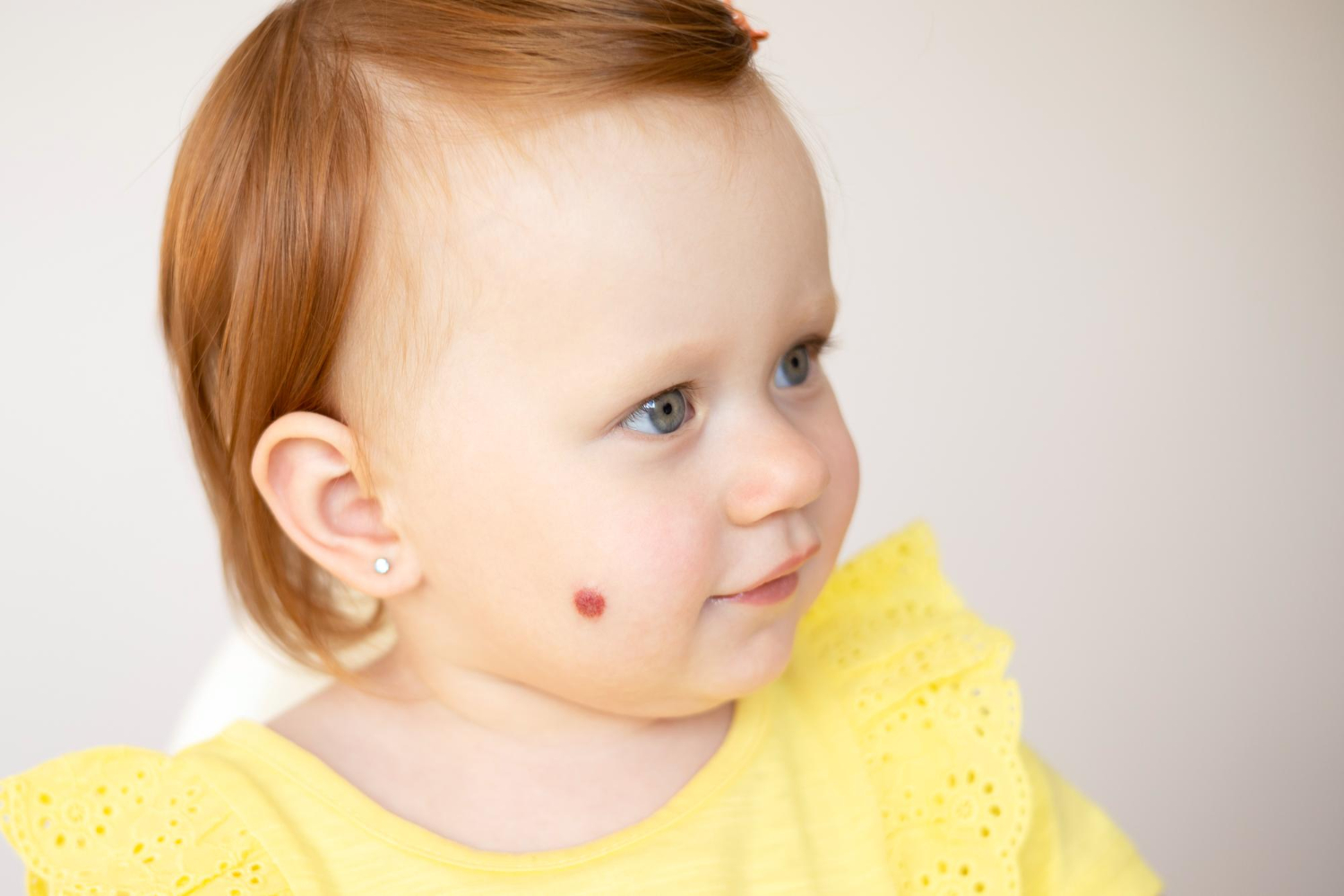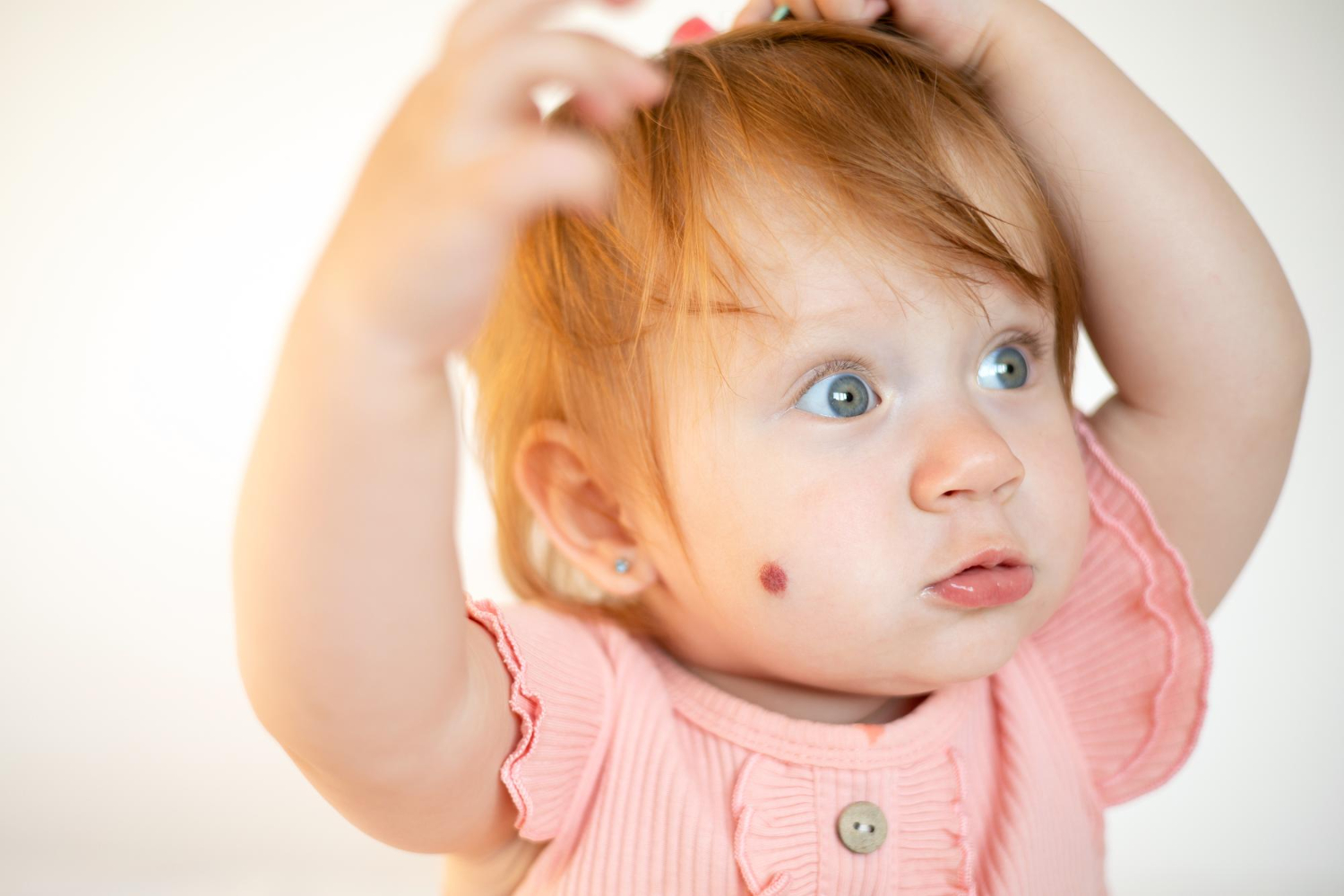Today’s topic is Infantile hemangiomas, a relatively common finding in babies that can be very concerning for families. As a brief reminder, hemangiomas are incorrectly formed blood vessels that multiply more than they should.
For hemangiomas, timely diagnosis, evaluation and treatment have been found to have an impact on final cosmetic appearance. However, in some specific circumstances, hemangiomas can also have significant impact on morbidity (e.g., airway, vision, etc.) or can also be clues for other underlying conditions.
Below are several important teaching points from Dr. Minnelly Luu, the Division Head of Pediatric Dermatology at CHLA, from her a presentation entitled “Hemangiomas and capillary malformations: when to refer” given at CHLA’s March 2021 CME by the Sea Conference.
The Most Important Point
Refer high risk hemangiomas early (4-6 weeks of age) since growth of infantile hemangiomas occurs earlier than previously recognized. Most of the Infantile Hemangioma’s growth occurs by 3 months.
Indications For Referral Include
- Impairment of function or risk thereof (e.g., near eyes, ears, nose, mouth, airway)
- Ulceration or risk thereof (e.g., lips, folds, diaper area, segmental lesions)
- Risk of permanent disfigurement (face, other exposed sites)
- Syndromic presentation or risk thereof
- Segmental types in PHACES syndrome
-
- Posterior fossa
- Hemangioma
- Arterial lesions
- Cardiac abnormalities or Coarctation of the aorta
- Eye or Endocrine abnormalities
- Sternum abnormalities
-
- Segmental types in LUMBAR syndrome
-
- Lower body hemangioma and other cutaneous defects
- Urogenital anomalies
- Myelopathy
- Bone deformities
- Anorectal malformations, Arterial anomalies
- Renal anomalies
Image of PHACES syndrome. Source: NIH
Even small centrofacial lesions can have significant social impact so early referral is essential. At age 3-4 years, the child can be evaluated for residua and possibly treat with laser or plastic surgery referral.
Segmental beard distribution infantile hemangiomas are associated with airway hemangiomas. Indications for ENT referral include segmental, mandibular distribution.

Image of Segmental beard distribution.
Source: Connelly, Elizabeth Alvarez et al. “Segmental hemangioma of infancy complicated by life-threatening arterial bleed.” Pediatric dermatology vol. 26,4 (2009): 469-72. doi:10.1111/j.1525-1470.2009.00955.x
Typical Timeline
- A precursor lesion may be present at birth (can be red, vasoconstricted, or bluish/bruise-like patch)
- Proliferation phase starts after birth
- Often 1-2 weeks of life have increased redness and thickening
- Then rapid growth; 80% of growth by 3 months
- Growth then tapers
- With deep hemangiomas, there is delayed and prolonged growth
- Involution takes years
Treatment
Treatment of infantile hemangiomas during the first year of life can include:
- Watchful waiting
- Wound care for ulcer (mupirocin ointment or metronidazole gel, Vaseline)
- Beta blocker therapy (oral propranolol is highly effective; topical timolol is best for thin superficial type <1mm thick)
- Rarely intralesional or systemic steroids, vincristine
Hope this helps!
Best regards,
Dr. Eyal Ben-Isaac, Children’s Hospital Los Angeles




